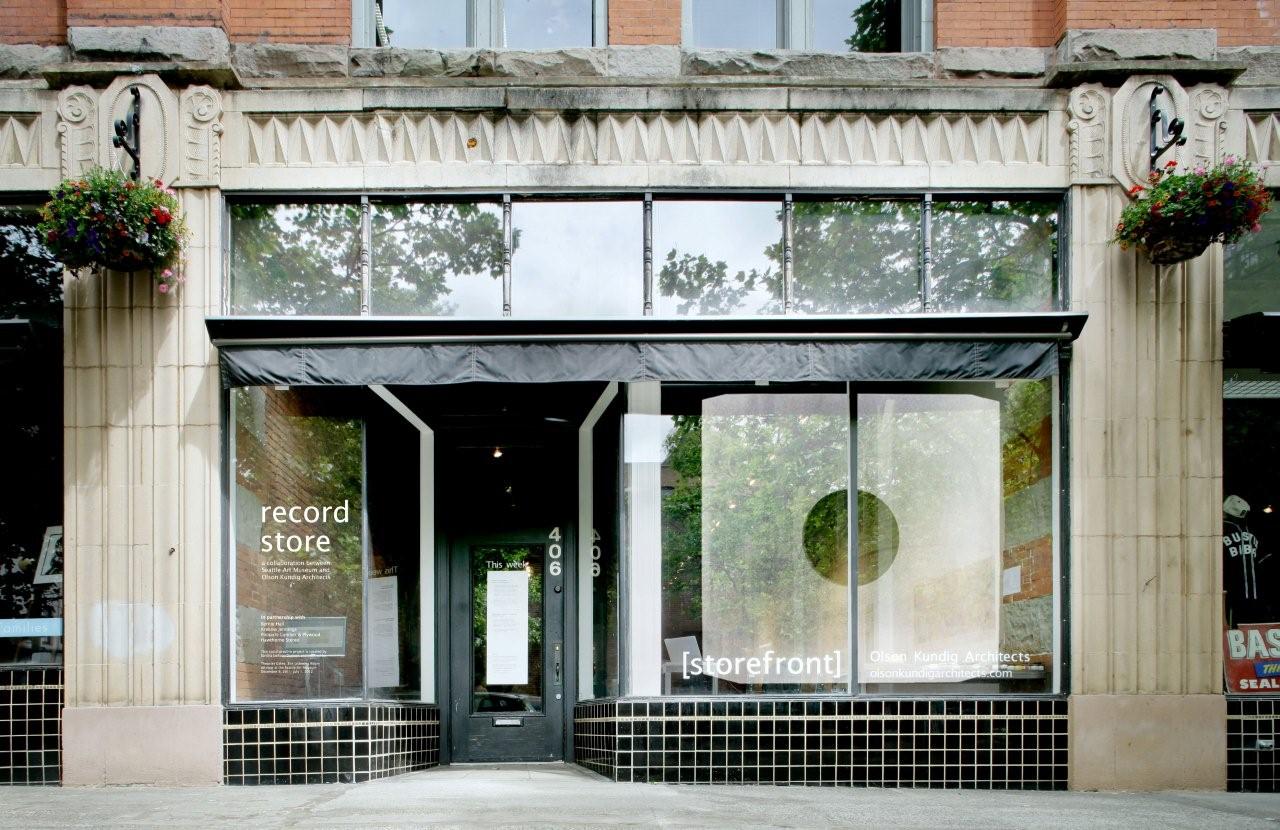SAM Connects Teens to Design
This past summer, 10 teens from the Rainier Vista community joined Seattle Art Museum staff, Olson Kundig Architects, and Sawhorse Revolution for SAM’s one of a kind Design Your [Neighbor]hood Program. Each Design Your [Neighbor]hood program is unique, but this one was truly special because it was the first time that the youth participants got the chance to collaborate in the full design and build process. The teens worked with designers, architects, and builders to take their ideas from the visioning and planning stage, to ideation, refinement, and finally to building.
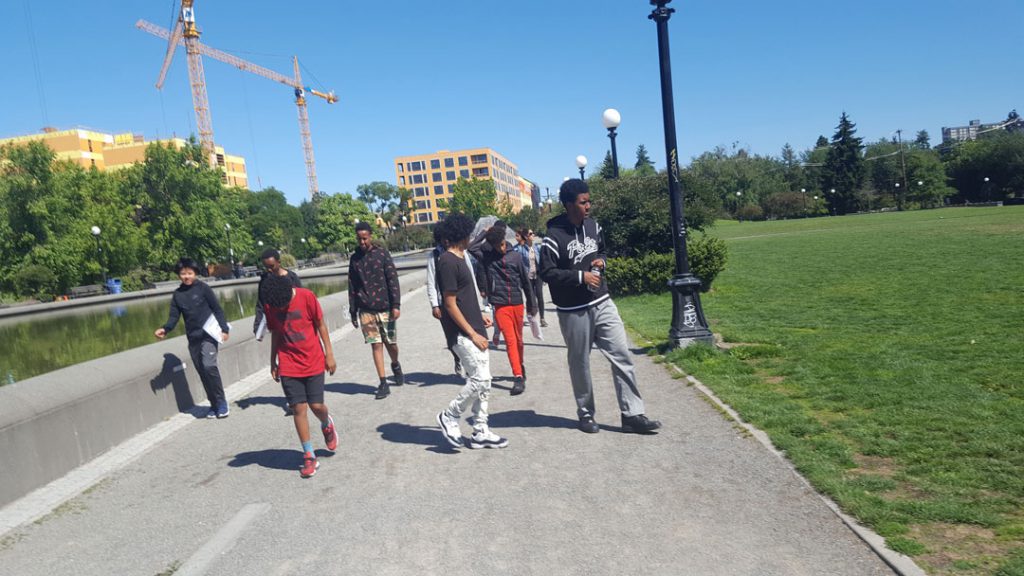
Design Your [Neighbor]hood is a hands-on program run by Seattle Art Museum that exposes youth to all facets of design, and the connection between design and community change. From architecture to graphic design, fashion, and photography, youth have the opportunity to understand the breadth of this field, meet professionals through trips and office visits, and engage in design thinking and studio processes that give first-person experience.
This year’s group of teens living in the Rainier Vista community, near Rainier Vista Neighborhood House recognized a need for a community sound booth and recording studio. With so many budding performers and musicians in the neighborhood, they were often renting spaces for recording.
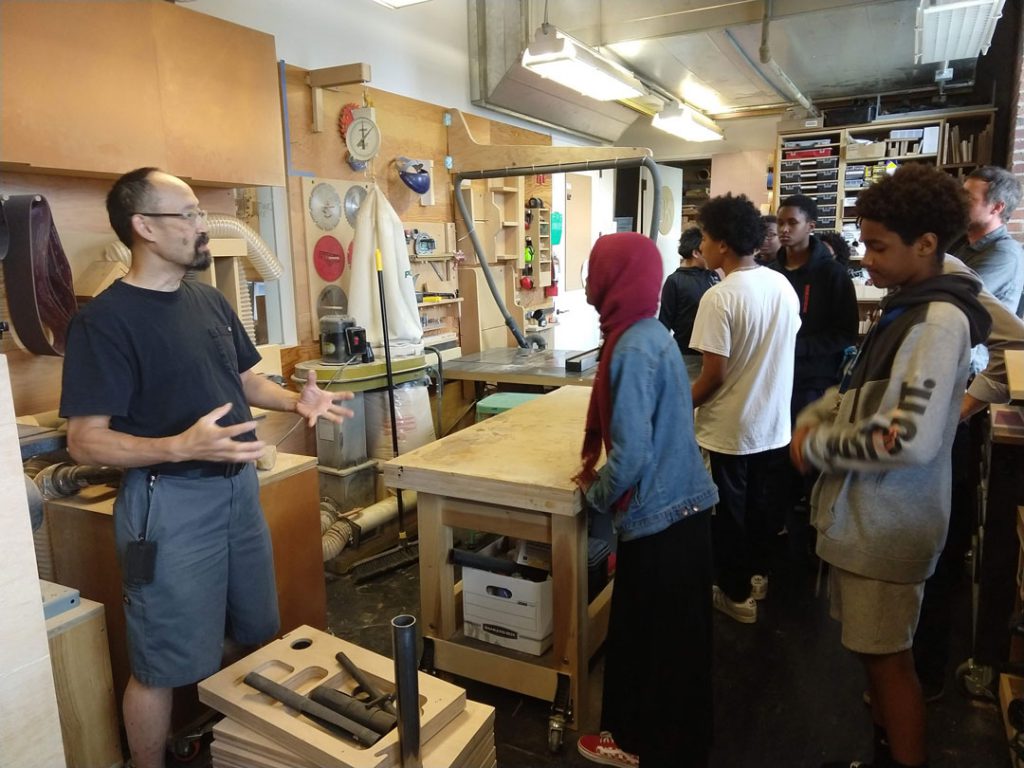
The design and build process involved a number of field trips during which the teens gathered ideas and inspiration from notable architectural spaces, and met with various professionals for advice. They visited the Bullitt Center on Capitol Hill and the Olson Kundig offices in Pioneer Square. They also worked to gather input on design ideas from their peers in the community, making sure to be inclusive of all voices and needs as they finalized their design.
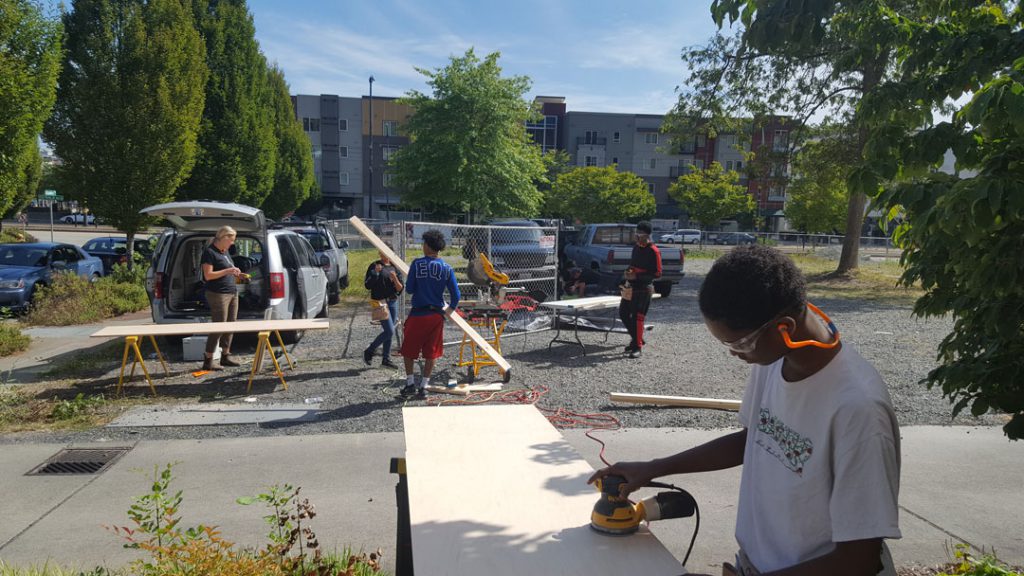
After multiple refinements of the process through input from Chris Landingin, project manager at Batt + Lear, and Jesse Kingsley and Chris Poules, architects at Olson Kundig, the youth got to building. Collaborating with Sawhorse Revolution, the teens learned the essentials of power tool safety and introductory carpentry skills. Between the design refinements and the building time, it took them a little over seven weeks to complete their project.
The culminating celebration featured presentations from each teen on their favorite part of the program, specific skills they picked up throughout, and how they envision the space will be used by their peers and the community. Families, friends, and community partners all got a chance to participate in the celebration on a job well done!
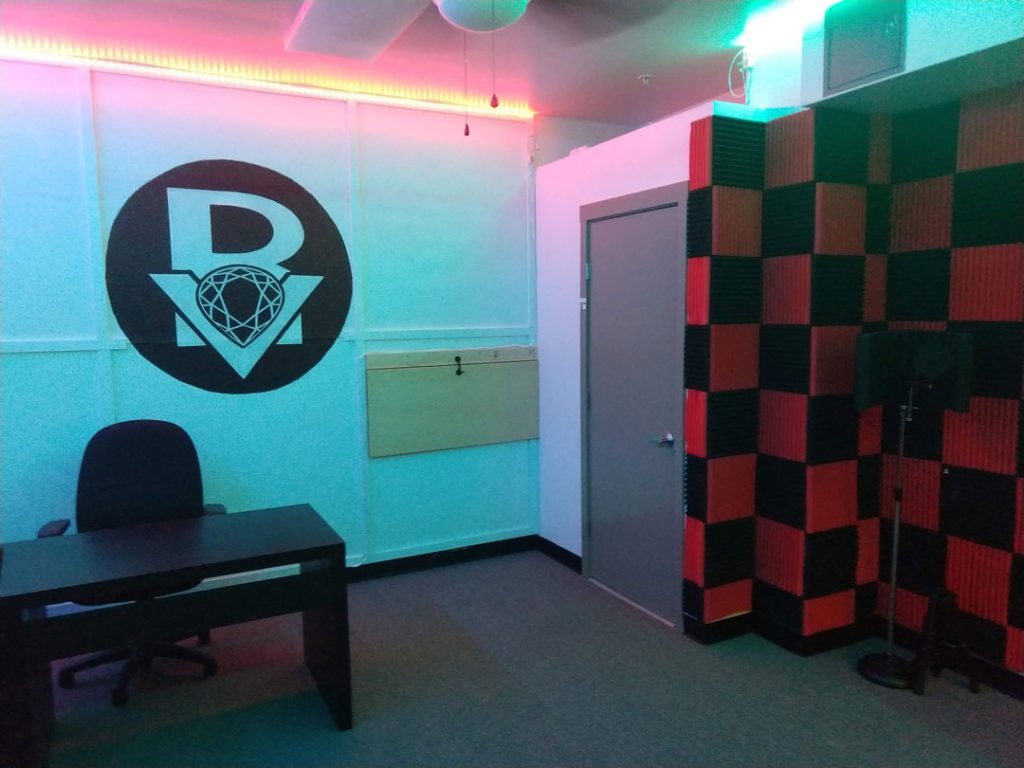
Thank you to our partners, Seattle Housing Authority, Delridge Neighborhood Development Association, Olson Kundig Architects, Sawhorse Revolution, Christine Landingin from Batt + Lear, and Hearst Foundations for all of their support.
– Sarah Bloom, SAM’s Associate Director of Education
